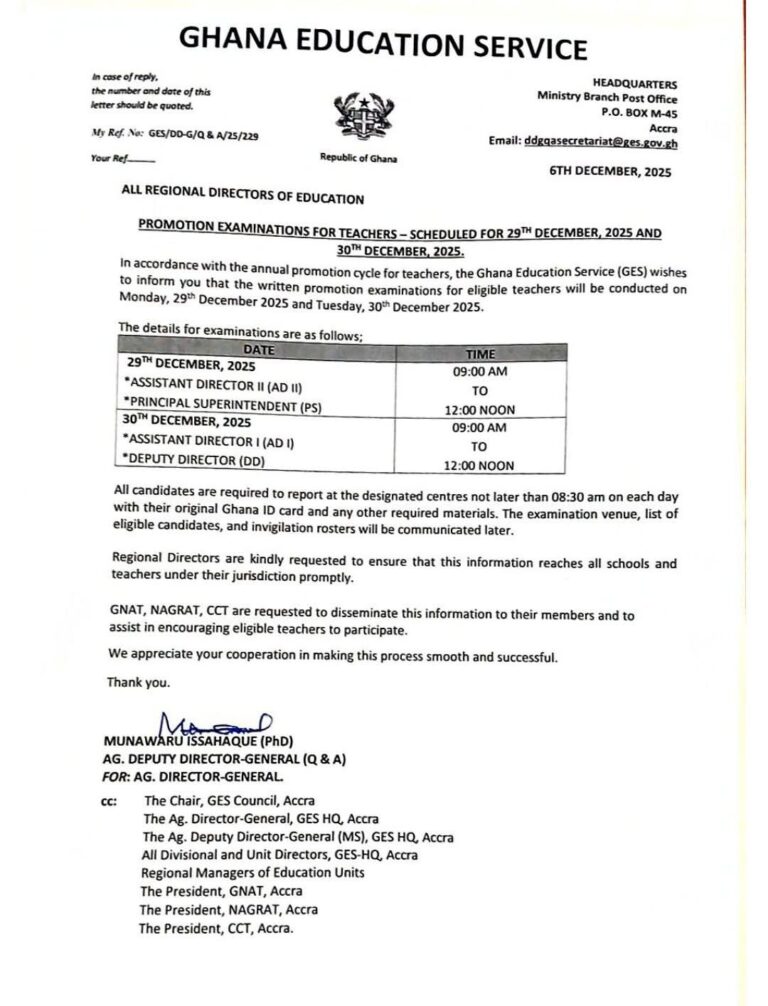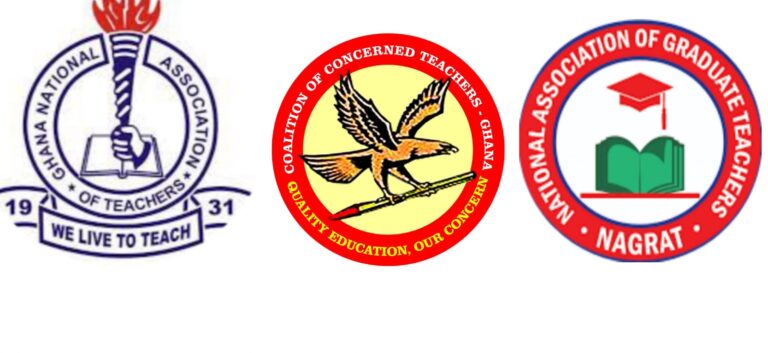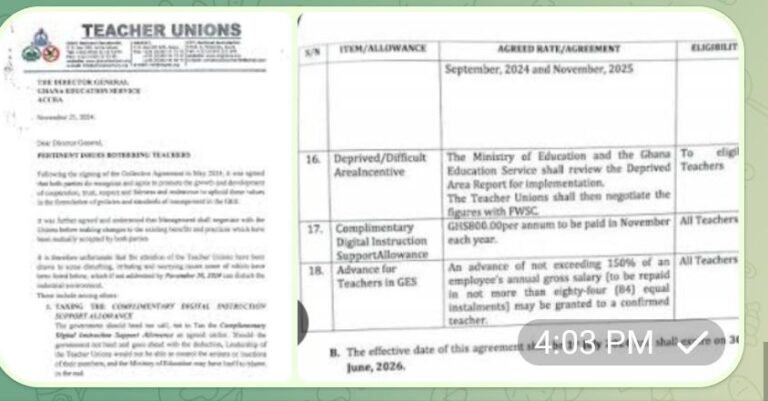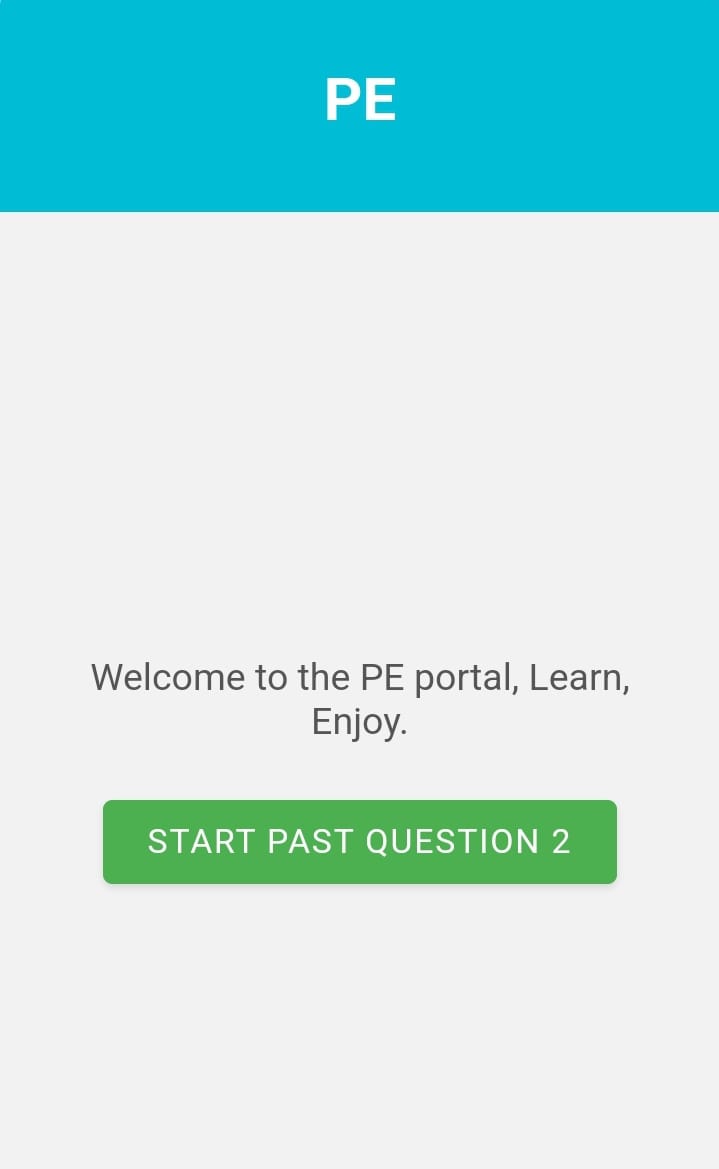
Content Development and Classification of Test Items for Physical Education (JHS)
This guide outlines the content areas, competencies, descriptive statements, and test specifications for Physical Education at the Junior High School (JHS) level. It includes a Table of Specifications (ToS) to ensure balanced assessment across cognitive levels.
Content Areas and Competencies
1. Foundations of Physical Education and Sports
Competencies: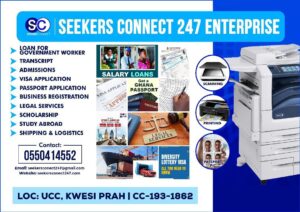
-
Explain the concepts of PE, sports, and physical activity.
-
Trace the historical development of PE in Ghana.
-
Discuss the ancient and modern Olympic Games.
Descriptive Statements:
-
Differentiate between physical education, sports, and exercise.
-
Analyze the evolution of PE from pre-colonial to post-colonial Ghana.
-
Compare the ancient and modern Olympic Games.
2. Physical Fitness
Competencies:
-
Identify health-related and skill-related fitness components.
-
Conduct and interpret fitness tests.
Descriptive Statements:
-
Explain the importance of cardiovascular endurance.
-
Demonstrate how to measure flexibility using the sit-and-reach test.
3. Motor Learning
Competencies:
-
Explain the stages of motor skill acquisition.
-
Apply fundamental movement skills in sports.
Descriptive Statements:
-
Describe the cognitive, associative, and autonomous stages of learning.
-
Demonstrate proper throwing and catching techniques.
4. Games (Soccer, Handball, Netball, Volleyball)
Competencies:
-
Explain the history and rules of major games.
-
Demonstrate sport-specific skills.
Descriptive Statements:
-
Illustrate proper volleyball serving technique.
-
Analyze offside rule applications in soccer.
5. Athletics (Track Events)
Competencies:
-
Describe techniques for sprints, distance, and relay races.
Descriptive Statements:
-
Explain proper baton exchange in 4x100m relays.
-
Compare energy systems used in 100m vs. 5000m races.
6. Human Systems and Physical Activity
Competencies:
-
Relate skeletal/muscular systems to movement.
-
Apply lever principles to sports performance.
Descriptive Statements:
-
Identify 1st/2nd/3rd class levers in the body.
-
Explain how the respiratory system adapts to exercise.
7. Organization of Games and Athletics
Competencies:
-
Plan tournaments using different systems.
-
Create competition fixtures.
Descriptive Statements:
-
Compare knockout vs. round-robin tournament advantages.
-
Draw fixtures for 8 teams using a knockout format.
8. Prevention and Management of Sports Injuries
Competencies:
-
Administer basic first aid for common injuries.
-
Implement injury prevention strategies.
Descriptive Statements:
-
Demonstrate the RICE (Rest, Ice, Compression, Elevation) procedure.
-
Explain proper warm-up protocols to prevent muscle strains.
9. Nutrition and Physical Activity
Competencies:
-
Identify essential nutrients for athletes.
-
Explain the importance in sports.
Descriptive Statements:
-
Analyze a sample meal plan for a soccer player.
-
Discuss dehydration risks during marathon running.
10. Professional Development
Competencies:
-
Address ethical issues in PE teaching.
-
Develop inclusive lesson plans.
Descriptive Statements:
-
Design an adaptive PE activity for students with disabilities.
-
Explain how to document teaching reflections in a portfolio.
Table of Specification (ToS)
| Content Area | L1 (Recall) | L2 (Skill) | L3 (Strategic) | L4 (Extended) | Total |
|---|---|---|---|---|---|
| 1. Foundations of PE & Sports | 2 | 3 | 4 | 4 | 13 |
| 2. Physical Fitness | 1 | 2 | 3 | 3 | 9 |
| 3. Motor Learning | 1 | 2 | 3 | 3 | 9 |
| 4. Games | 2 | 4 | 5 | 5 | 16 |
| 5. Athletics | 2 | 3 | 4 | 4 | 13 |
| 6. Human Systems & Activity | 1 | 2 | 3 | 3 | 9 |
| 7. Tournament Organization | 2 | 2 | 3 | 3 | 10 |
| 8. Sports Injuries | 1 | 2 | 3 | 3 | 9 |
| 9. Nutrition | 1 | 1 | 2 | 2 | 6 |
| 10. Professional Development | 1 | 1 | 2 | 2 | 6 |
| Total | 14 | 22 | 32 | 32 | 100 |
Key:
-
L1 (Recall): Define terms, list components.
-
L2 (Skill): Demonstrate basic techniques.
-
L3 (Strategic): Analyze rules/systems.
-
L4 (Extended): Create plans, solve complex problems.
For the past question, click here: https://ntc.gov.gh/practice_test/pe/
Follow us on WhatsApp for more updates: https://whatsapp.com/channel/0029VaCyYGIFHWpx22L38a2K
Seekers Consult
Contact Us for Your Study Abroad Journey
We search for schools and check available scholarships for you
Contact: 0550414552 / 0362297079
Loan for government workers
Transcript Application
English Proficiency
Recommendation letter
Project work/thesis for undergraduate, master’s, and PhD students.


